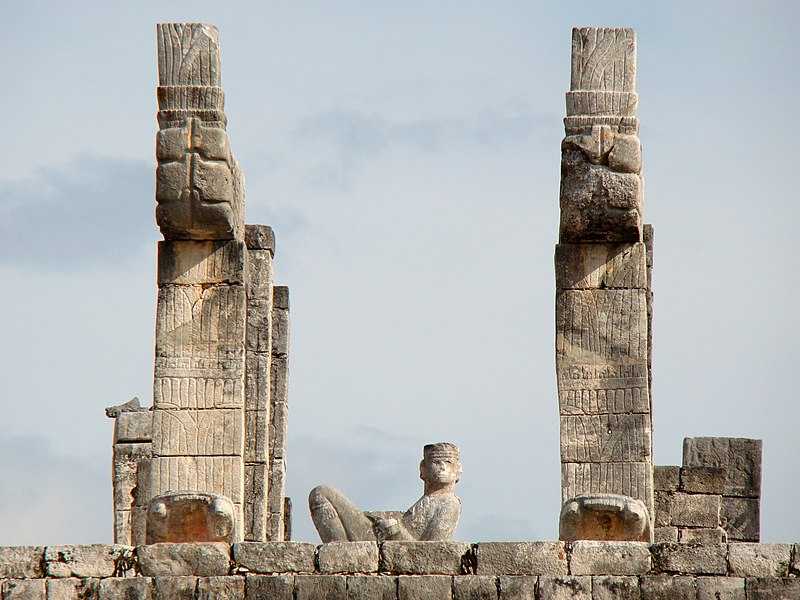The Chac Mool is a distinctive type of Mesoamerican sculpture featuring a reclining figure with its head turned to one side, holding a tray over its stomach. These intriguing artifacts are found in various regions of Mexico, particularly in the ancient cities of Chichen Itza and Tula. The name “Chac Mool” is attributed to Augustus Le Plongeon, a 19th-century archaeologist who named the sculpture after a Maya deity.
Get your dose of History via Email
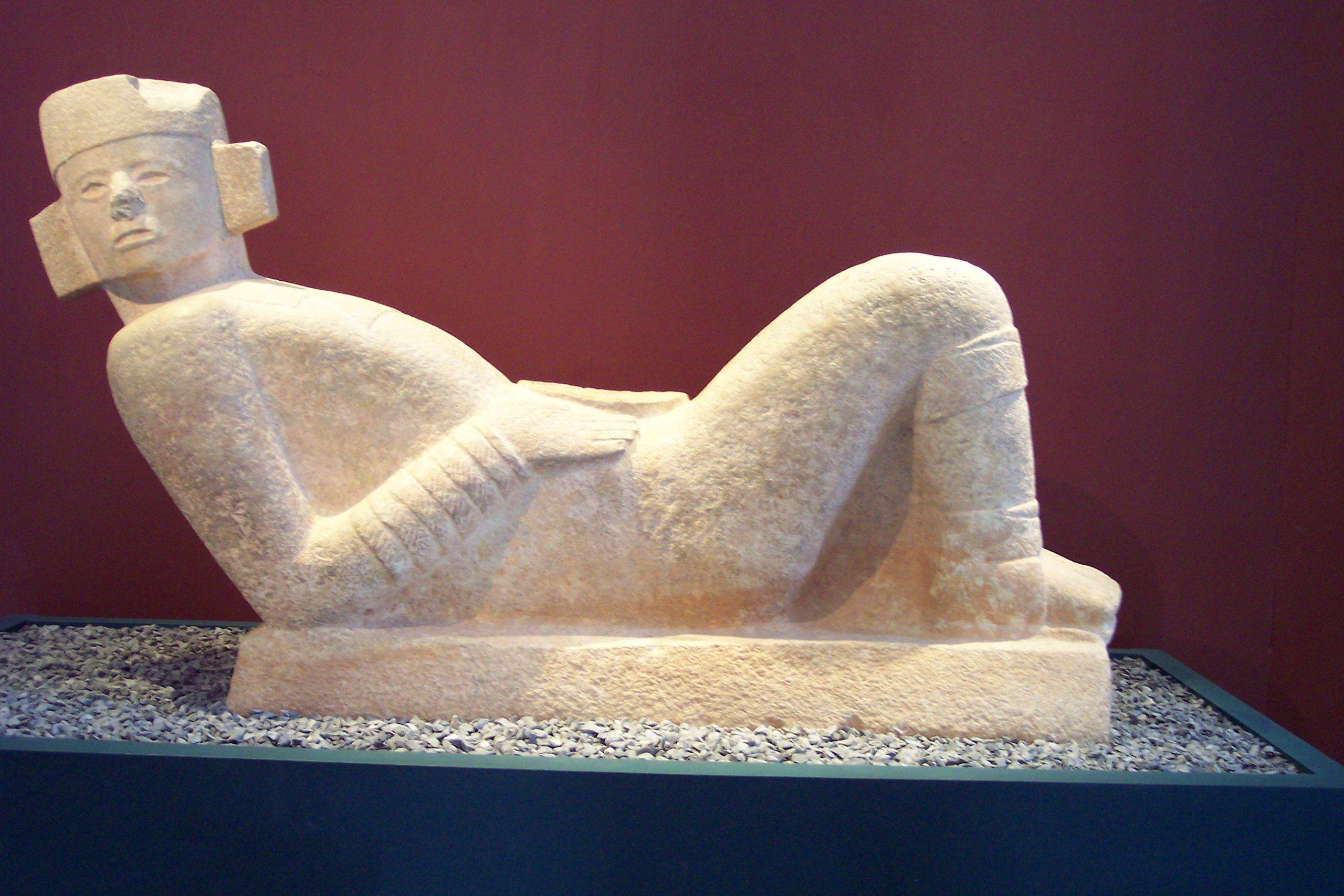
Historical Background
The Chac Mool sculptures date back to the Postclassic period of Mesoamerican history, between the 10th and 13th centuries. They are associated with the Toltec civilization, which was centered in the city of Tula, and later with the Maya civilization in Chichen Itza. The sculptures are often found in temple areas, suggesting a significant role in religious rituals.
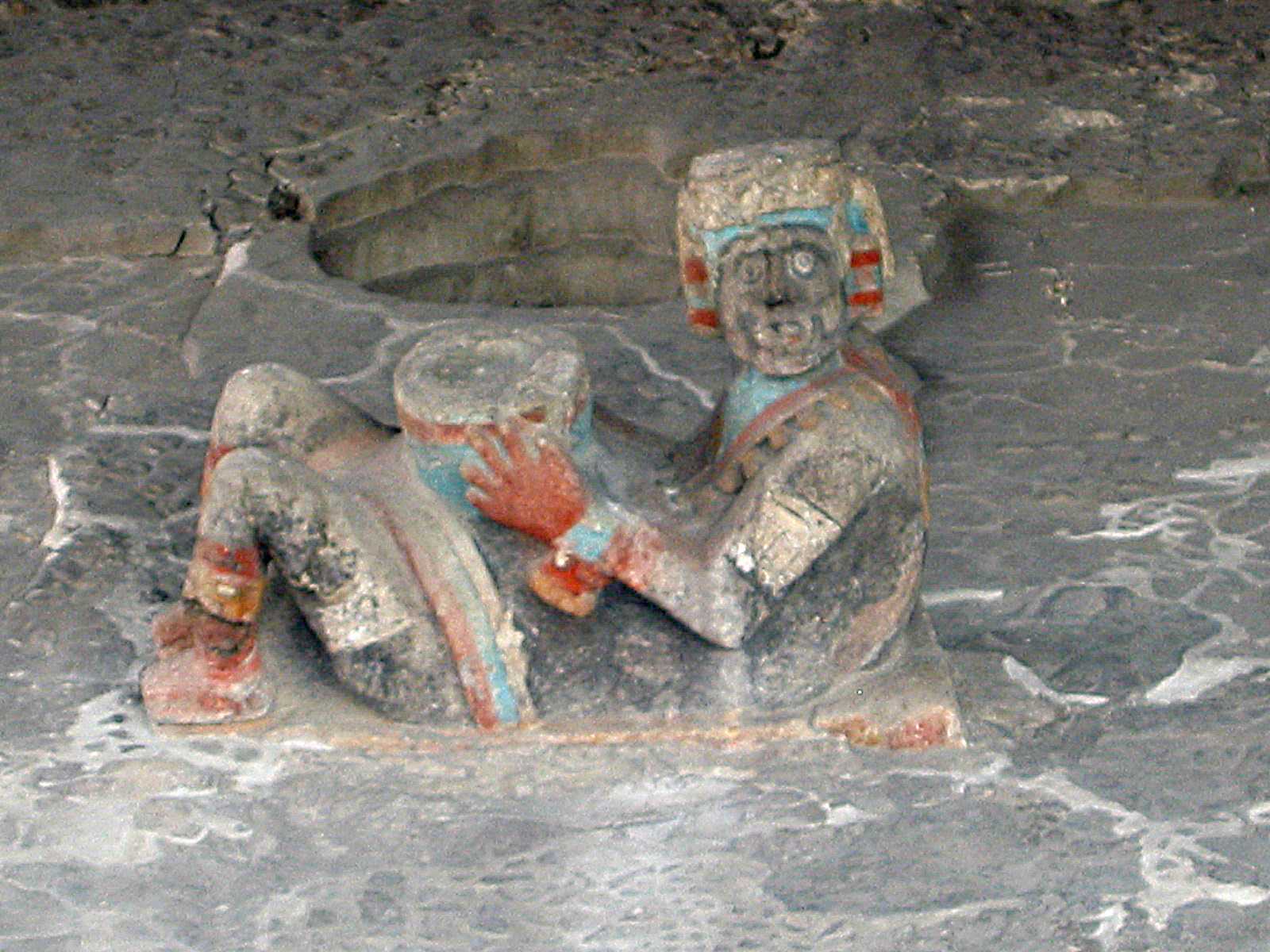
About the Artifact
Chac Mool sculptures are typically carved from stone and vary in size, with some reaching up to 2.6 meters in length. The figure is usually depicted in a reclining position, propped up on its elbows with the head turned to one side. The most distinctive feature is the tray or disk held over the stomach, which is believed to have been used for sacrificial offerings. The sculptures are often richly decorated with carvings and sometimes painted. The stone used for the sculptures was likely sourced locally, as both Tula and Chichen Itza are located in regions with abundant stone resources.
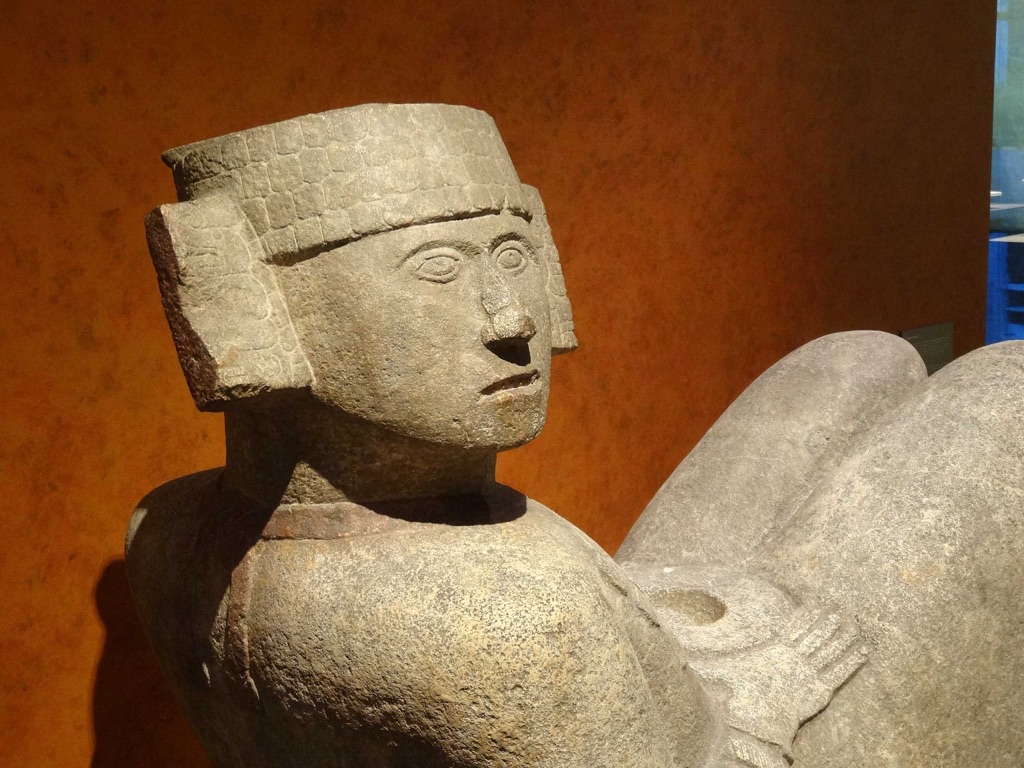
Theories and Interpretations
The purpose of the Chac Mool sculptures is a subject of ongoing debate among scholars. The most widely accepted theory is that they were used in sacrificial rituals, with the tray serving as a receptacle for offerings, possibly including the hearts of human sacrifices. This interpretation is supported by the sculptures’ location in temple areas and the presence of sacrificial paraphernalia in some depictions. However, other theories suggest that the Chac Mool may represent a specific deity or a type of priest. The dating of the sculptures is based on stylistic analysis and their archaeological context, as there are no historical records that mention them.
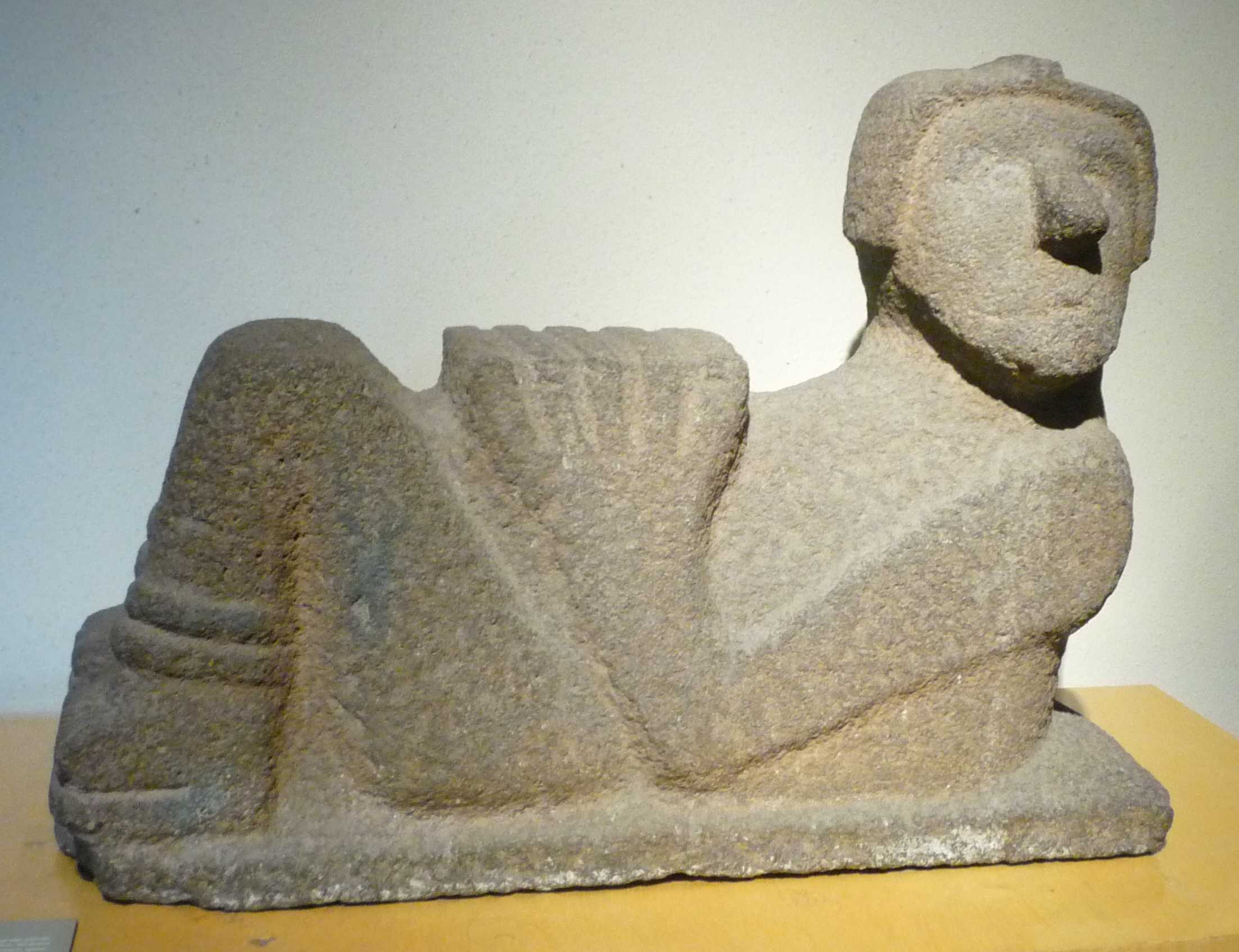
Good to Know/Additional Information
The name “Chac Mool” is not of ancient origin but was coined by Augustus Le Plongeon, who discovered one of the first known examples in Chichen Itza. He named it after a Maya deity, Chac, and Mool, meaning “puma”. However, there is no known connection between the sculpture and the deity. Despite this, the name has stuck and is now universally used to refer to this type of sculpture. The Chac Mool is a fascinating example of Mesoamerican art and religion, offering a glimpse into the beliefs and rituals of ancient civilizations.

